The concept of animals communicating with humans has fascinated us for centuries, but few phenomena capture our imagination quite like birds that can mimic human speech. These extraordinary feathered linguists have not only entertained us with their vocal abilities but have also provided remarkable insights into avian intelligence and cognition. From parrots with vocabularies rivaling those of young children to corvids demonstrating unexpected linguistic capabilities, talking birds continue to challenge our understanding of animal communication. The most famous of these birds have become celebrities in their own right, appearing in scientific journals and mainstream media alike, their achievements forcing researchers to reconsider the boundaries between human and animal communication. Through decades of careful study and documentation, these exceptional avian speakers have helped reshape our understanding of non-human cognition and the complexity of bird brains.
Alex the African Grey: The Einstein of Talking Birds
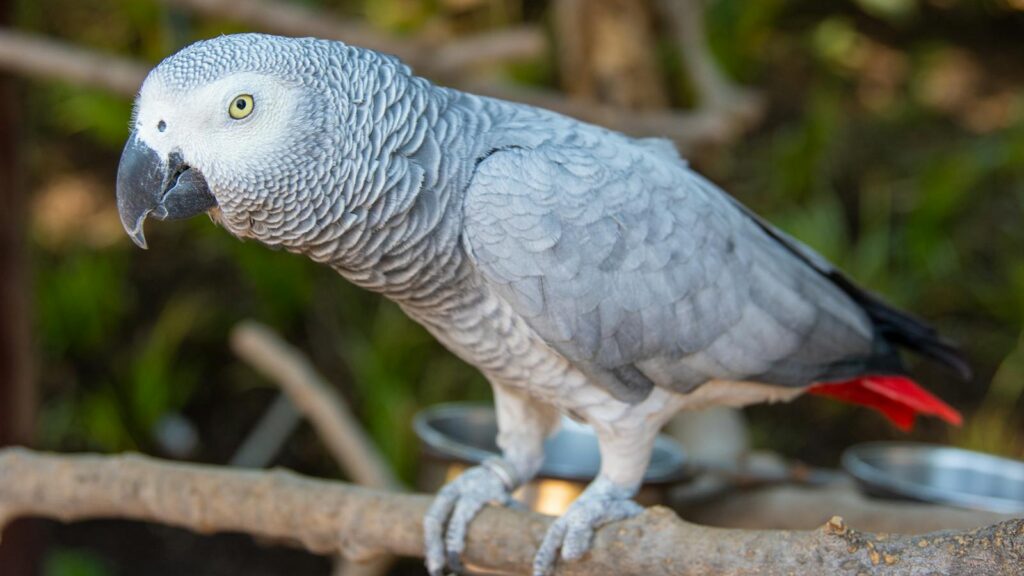
Perhaps no talking bird has contributed more to our scientific understanding than Alex, an African Grey parrot studied by Dr. Irene Pepperberg for over 30 years. Alex’s abilities transcended mere mimicry—he demonstrated comprehension of over 100 words, could identify colors, shapes, materials, and quantities up to six. Most shockingly to researchers, Alex could ask questions about objects, showing a level of curiosity previously thought impossible in non-human animals. His famous question “What color?” when presented with a mirror stunned the scientific community, as it suggested self-awareness and the ability to seek information. When Alex died unexpectedly in 2007 at age 31, his last words to Dr. Pepperberg were reportedly “You be good, I love you,” a poignant farewell that highlighted the deep connection between researcher and subject.
Einstein the Talking Texan Parrot: YouTube’s Vocal Sensation
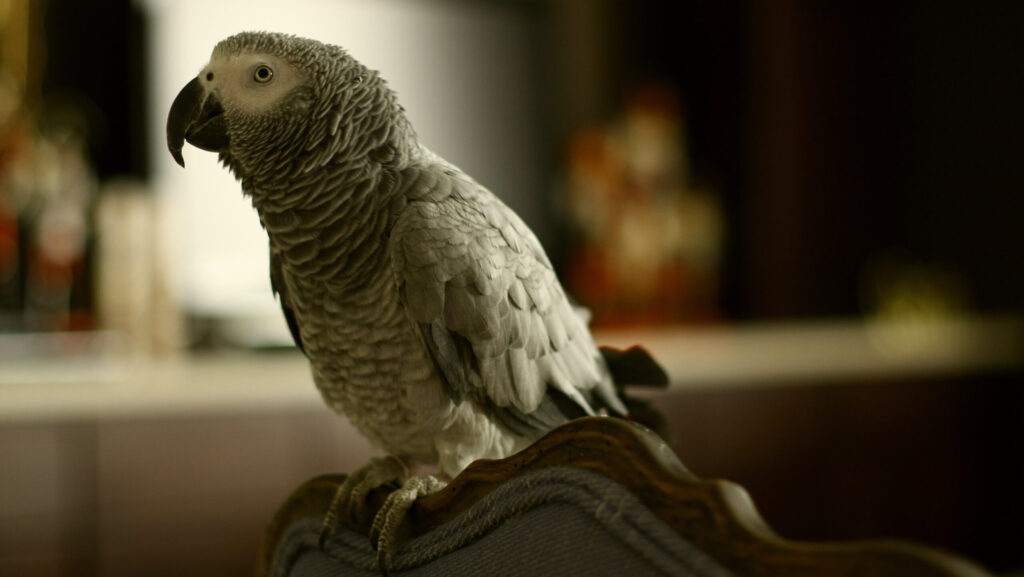
Einstein, a lesser-known but equally impressive African Grey parrot, rose to fame through viral YouTube videos showcasing her extraordinary vocal repertoire. Unlike laboratory-studied birds, Einstein developed her talking abilities in a home setting, demonstrating that these skills can emerge in proper domestic environments. Her claim to fame includes perfectly mimicking the sound of a spaceship, singing several tunes with remarkable clarity, and reproducing realistic human laughter that fools listeners into thinking another person is in the room. Researchers have been particularly impressed by Einstein’s ability to use sounds contextually—making a water splashing noise when seeing someone drink, for instance—suggesting she connects sounds with meaningful situations rather than randomly reproducing them. Einstein’s case helps scientists understand how these birds process and categorize information in more natural settings outside laboratory conditions.
N’kisi: The Parrot Who Used Telepathy and Perfect Grammar
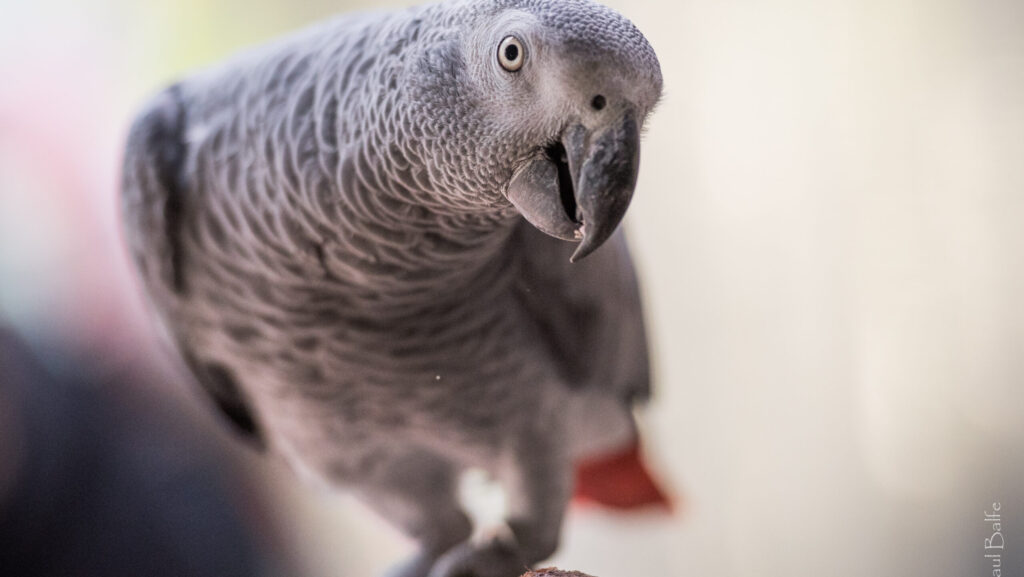
N’kisi, another African Grey parrot, shocked researchers with his apparent grasp of grammar and syntax, using words in proper context and even creating original phrases. With a documented vocabulary of over 950 words, N’kisi became the subject of controversial research by animal psychologist Rupert Sheldrake, who claimed the parrot demonstrated telepathic abilities by describing unseen images his owner was viewing in another room. While the telepathy studies remain contentious in scientific circles, N’kisi’s linguistic abilities were undeniable—he regularly used present, past, and future tenses correctly and could form novel word combinations to describe situations he encountered. Perhaps most impressively, when meeting primatologist Jane Goodall for the first time, N’kisi reportedly asked, “Got a chimp?” without prompting, showing both recognition of who she was and the ability to formulate a relevant question.
Disco the Parakeet: Breaking Stereotypes About Budgie Intelligence
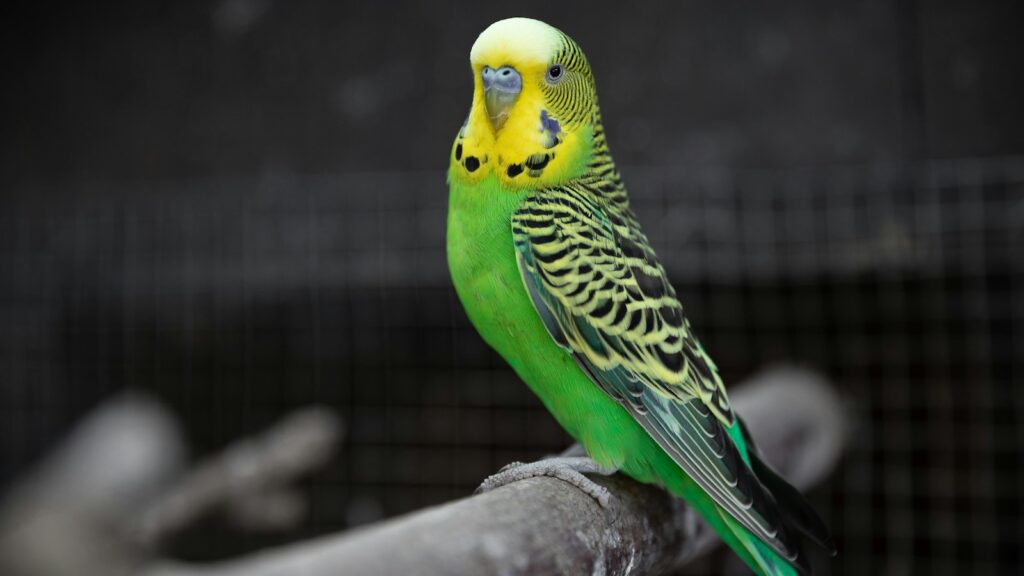
Disco, a budgerigar (commonly known as a budgie or parakeet) from New York, challenged the assumption that only larger parrots like African Greys and Amazons possess significant talking abilities. Despite his small size, Disco amassed a vocabulary of over 200 phrases and gained international attention through viral videos showcasing his clear pronunciation and complex sentence construction. Unlike larger parrots, budgies have naturally rapid speech patterns, making Disco’s clear enunciation particularly impressive to researchers studying smaller talking birds. What made Disco exceptional was not just his vocabulary but his ability to string phrases together in seemingly meaningful ways, creating what appeared to be novel combinations rather than simple repetition. His abilities suggested that budgerigars, when given proper attention and training, might have cognitive abilities approaching those of their larger parrot relatives, forcing a reevaluation of smaller bird species’ potential.
Griffin: The African Grey Continuing Alex’s Legacy
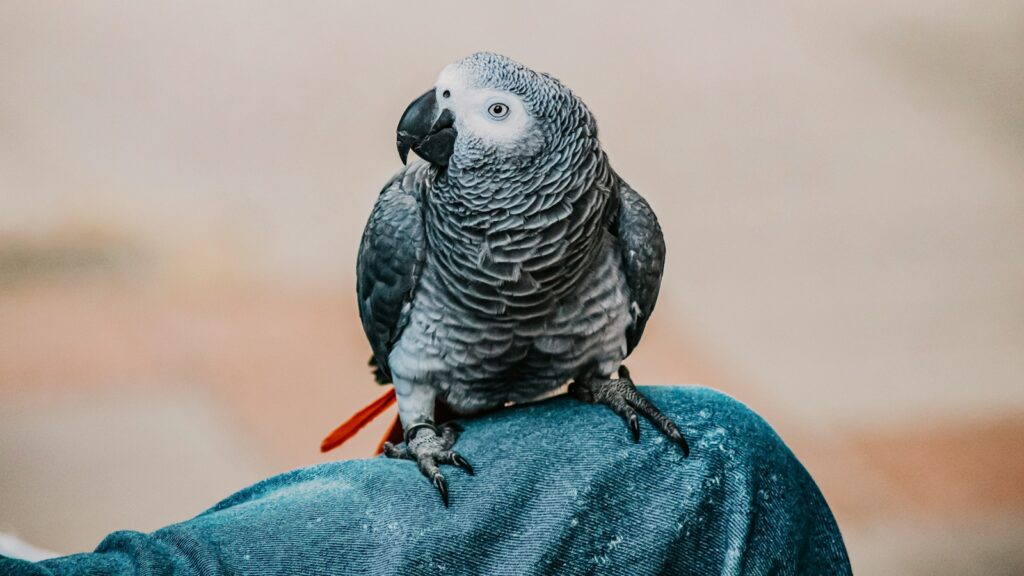
Following Alex’s death, Dr. Pepperberg continued her groundbreaking research with Griffin, another African Grey parrot who has since demonstrated exceptional cognitive abilities that have further advanced our understanding of avian intelligence. Griffin has shown remarkable performance in tasks involving delayed gratification—waiting for a better reward rather than taking an immediate lesser one—outperforming young children and matching the performance of chimpanzees in similar tests. In one particularly notable experiment, Griffin demonstrated the ability to identify colors of objects that were shown to him only momentarily and then hidden, showcasing working memory capabilities previously thought to be limited to primates. Griffin’s ability to understand the concept of “none” or “zero” as a numerical quantity shocked researchers, as abstract numerical concepts were believed to be beyond the grasp of non-human animals, suggesting that avian cognition may operate on levels comparable to mammals in certain domains.
Clever Hans: The Talking Mynah Bird That Surpassed Expectations
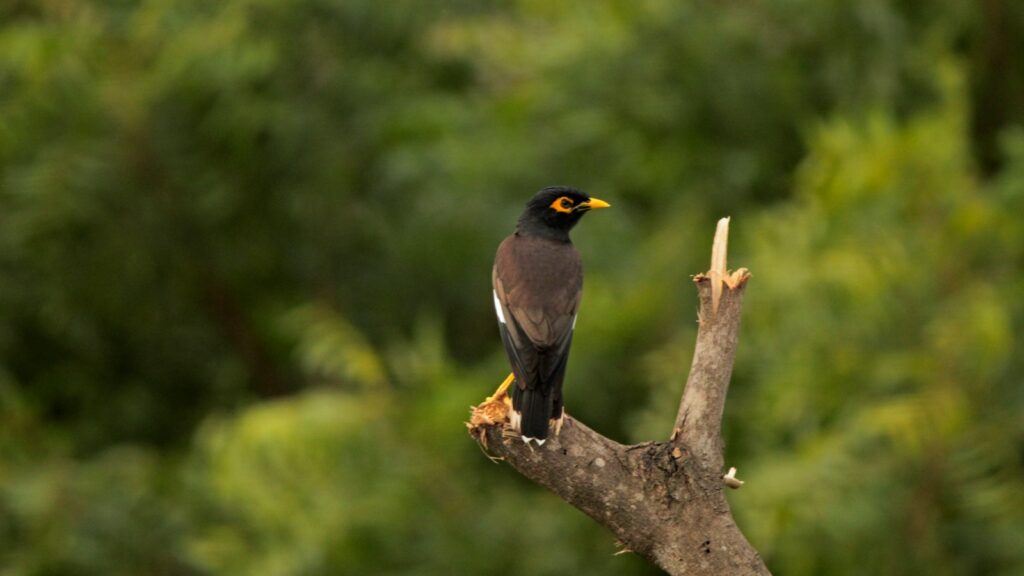
While parrots dominate discussions of talking birds, Clever Hans, a common hill mynah from Southeast Asia, stunned researchers with vocal abilities approaching those of parrots despite having a very different brain structure. Mynahs belong to the starling family and possess an uncanny ability to reproduce human speech with exceptional clarity and proper intonation, sometimes sounding more human-like than parrots. Clever Hans, studied at a German university in the early 2000s, demonstrated not only remarkable mimicry but contextual usage of over 40 phrases, greeting different researchers by their names and requesting specific foods at appropriate times. What particularly interested scientists was Hans’ ability to mimic both male and female voices with equal clarity, switching between them based on which researcher he was addressing, suggesting a level of voice recognition and association that went beyond simple mimicry. The case of Clever Hans highlighted that advanced vocal learning evolved independently in multiple bird lineages, representing a fascinating case of convergent evolution in cognitive abilities.
Puck the Budgerigar: The Guinness Record Holder
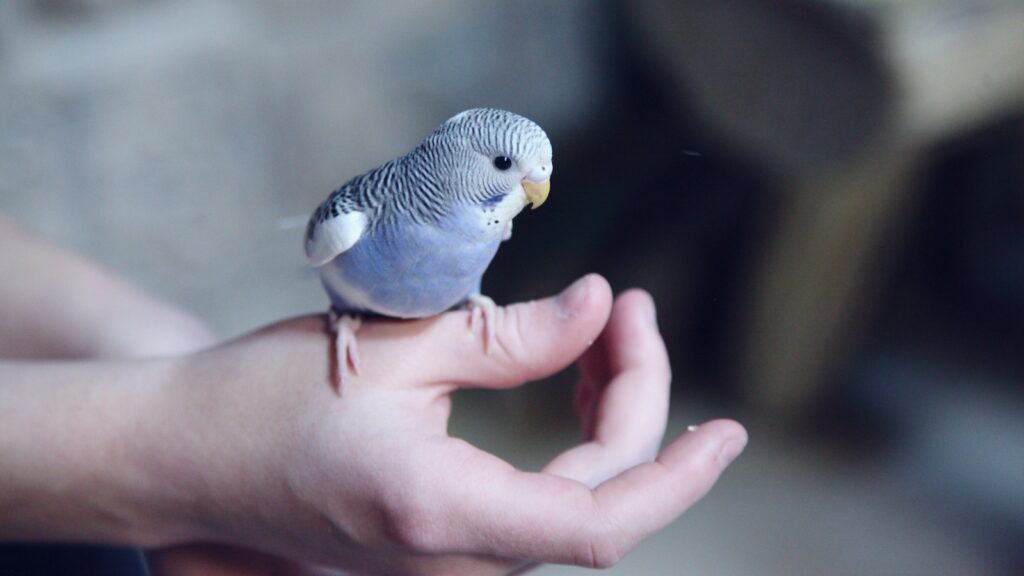
In 1995, a humble budgerigar named Puck earned a place in the Guinness Book of World Records for having the largest vocabulary of any bird, with 1,728 words verified by independent witnesses. This extraordinary achievement came as a complete surprise to the scientific community, which had long assumed that small parakeets lacked the cognitive capacity for such extensive language acquisition. Puck’s owner, Camille Jordan of Petaluma, California, meticulously documented her bird’s growing vocabulary over several years, providing recorded evidence that was eventually verified by language experts. What made Puck’s case particularly valuable to researchers was that he demonstrated clear word-object associations, correctly identifying numerous items by name when presented with them, suggesting genuine referential understanding rather than mere mimicry. The case challenged size-based assumptions about avian brain capacity, suggesting that neural efficiency and organization might matter more than sheer brain volume in determining cognitive potential.
Einstein the Talking Parrot: The Elder Statesman of Speech
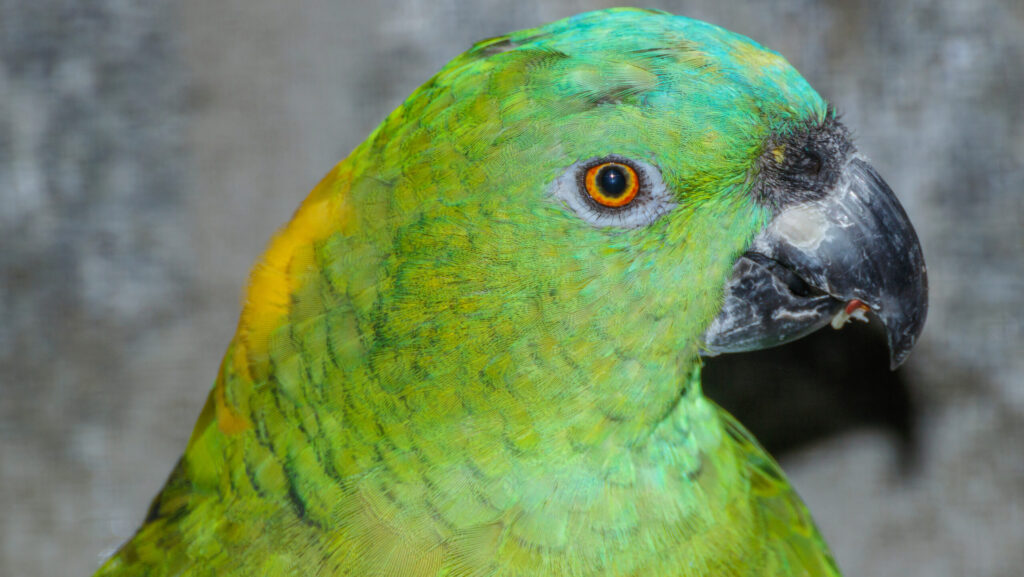
Not to be confused with the YouTube-famous Einstein mentioned earlier, this Einstein is a thirty-year-old Yellow-naped Amazon parrot residing at the Knoxville Zoo who has demonstrated extraordinary longevity in his speech capabilities. Einstein has maintained a vocabulary of over 200 words and phrases well into his senior years, challenging assumptions about cognitive decline in aging birds. Researchers studying avian cognition have been particularly interested in Einstein’s case because he has maintained clear pronunciation and contextual usage of words despite his advanced age, suggesting that certain cognitive functions in parrots may be preserved differently than in mammals. In controlled tests, Einstein has demonstrated the ability to learn new words even in his later years, albeit at a slower rate than younger birds, providing valuable data on lifelong learning in avian species. Zoo researchers have documented that Einstein seems to create new word combinations during periods of environmental change or when introduced to novel situations, suggesting ongoing cognitive flexibility rather than mere repetition of established phrases.
Tico the Talking Lovebird: The Unexpected Vocalist
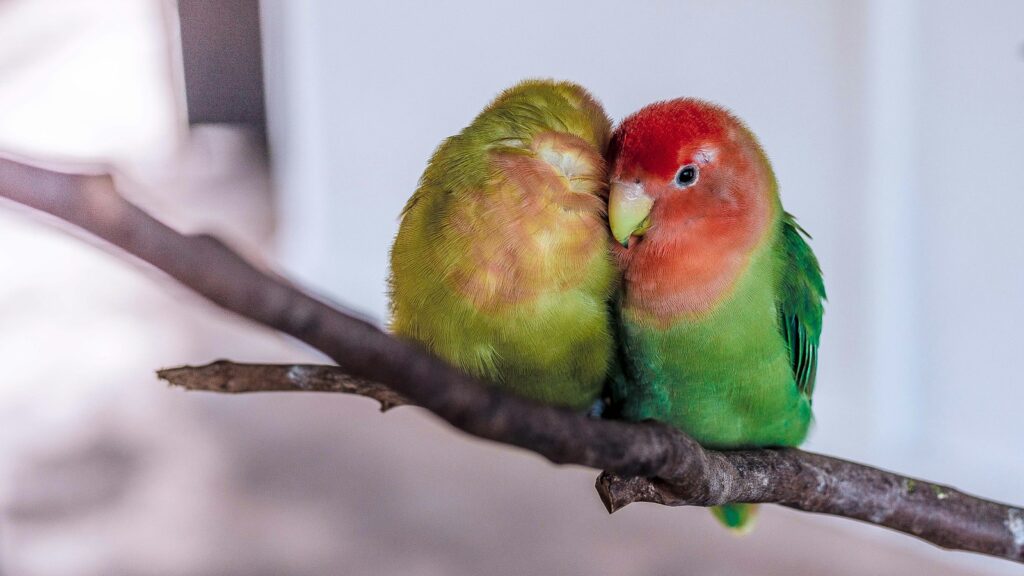
Lovebirds are not typically known for talking abilities, making Tico, a peach-faced lovebird from Japan, a truly exceptional case that has puzzled avian researchers. Despite lacking the vocal anatomy typically associated with speech mimicry, Tico developed the ability to clearly pronounce dozens of Japanese words and short phrases, gaining international attention through viral videos showcasing his unexpected talents. Scientists studying Tico discovered that he uses a completely different physiological mechanism to produce speech sounds compared to parrots, essentially “inventing” his own method of manipulating his vocal apparatus to approximate human sounds. Tico’s owner documented the bird’s gradual development of speech, noting that it began with whistling approximations of words before evolving into clearer pronunciation, suggesting a process of self-teaching and refinement rarely observed in non-parrot species. Neurological researchers speculate that Tico’s case may represent an example of neuroplasticity, where the brain adapts existing structures for novel purposes, potentially offering insights into the evolution of vocal learning across species.
Tilda the Talking Starling: Breaking the Songbird Barrier
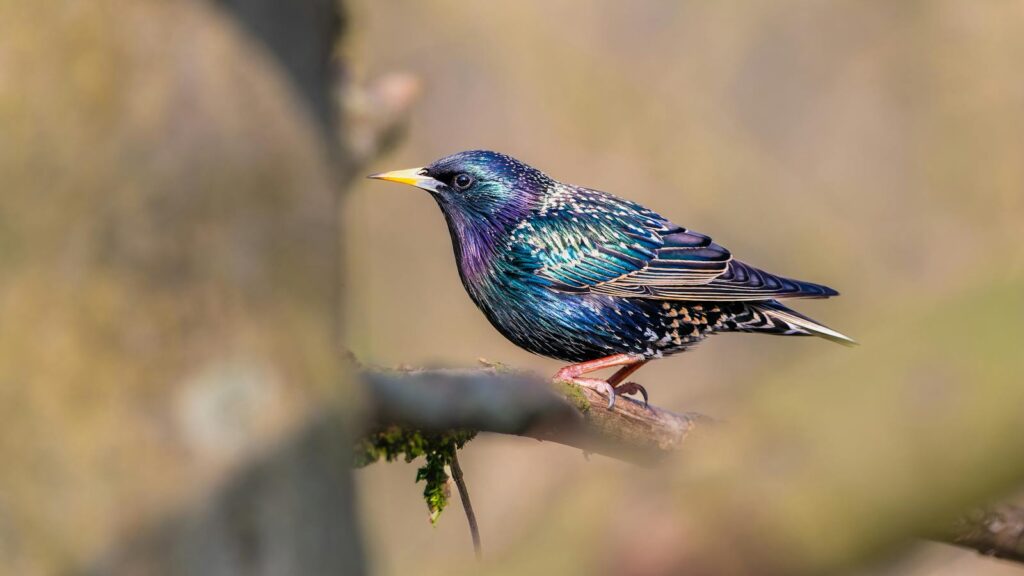
While mynahs (members of the starling family) are known for vocal mimicry, Tilda, a European starling studied at a German university, exhibited speech capabilities that went far beyond what was thought possible for songbirds. Unlike parrots who use their syrinx (vocal organ) differently, songbirds produce sounds through a complex interaction of their split syrinx, making Tilda’s clear human speech all the more remarkable from an anatomical perspective. Researchers were particularly struck by Tilda’s ability to reproduce not just isolated words but complete German phrases with proper intonation and cadence, suggesting sophisticated control over her vocal apparatus. What made Tilda’s case particularly valuable to science was the opportunity to study the neurological basis of her abilities, as starlings possess a different brain structure from parrots, offering insights into how different evolutionary pathways might lead to similar cognitive outcomes. Comparative studies between Tilda and talking parrots revealed both similarities and differences in brain activation patterns during speech, contributing to our understanding of convergent evolution in vocal learning.
Blackie the Talking Crow: Corvid Communication Breakthrough
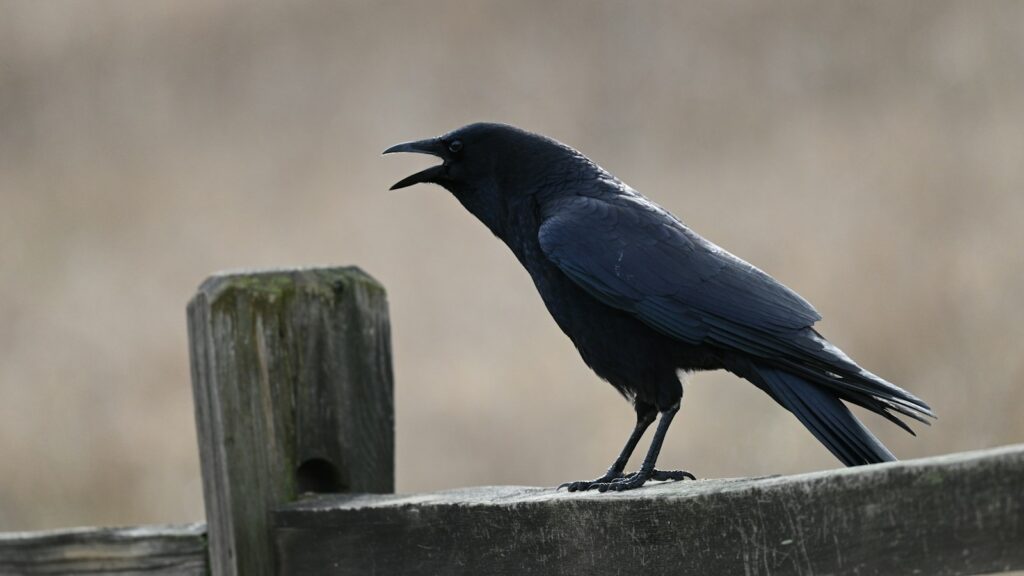
Corvids (crows, ravens, and their relatives) are renowned for their intelligence, but Blackie, an American crow raised by wildlife rehabilitators in Massachusetts, shocked researchers with his ability to clearly articulate several dozen English words and phrases despite lacking the vocal anatomy typically associated with mimicry. Unlike parrots, crows do not naturally mimic in the wild, making Blackie’s speech capabilities all the more extraordinary from an evolutionary and neurological perspective. What particularly interested scientists was Blackie’s apparent understanding of context—he would consistently say “hello” when people entered the room and “goodbye” when they left, with virtually no instances of using these phrases inappropriately. Neurological studies of corvids like Blackie have revealed that these birds may use different brain regions than parrots to achieve similar vocal outcomes, suggesting multiple evolutionary pathways to complex vocal learning. Blackie’s case has prompted increased research into corvid communication, revealing that wild crows may possess more sophisticated vocal learning abilities than previously recognized, though they typically apply these skills to learning and modifying crow calls rather than mimicking other species.
Jesse the Blue-Fronted Amazon: The Bird That Speaks in Multiple Languages
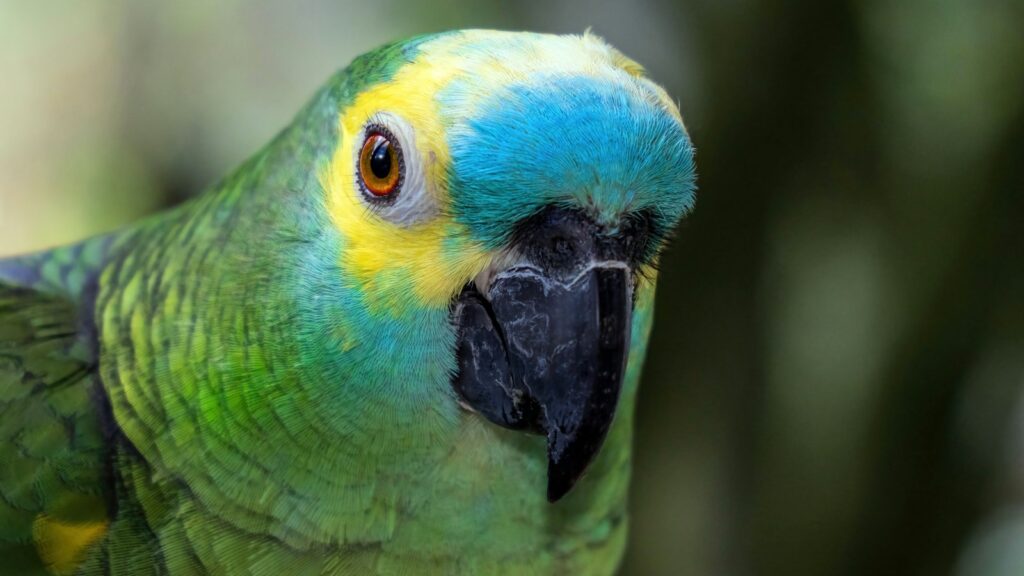
Jesse, a blue-fronted Amazon parrot studied at a European language research center, demonstrated the extraordinary ability to speak phrases in four different human languages—English, Spanish, German, and Italian—and appeared to understand simple commands in each. What made Jesse’s case particularly valuable to researchers was her apparent ability to distinguish between languages, responding appropriately to commands regardless of which language was used, suggesting some level of language discrimination rarely documented in birds. Cognitive tests revealed that Jesse could categorize certain objects by their names across different languages, correctly selecting items when asked for them in any of the four languages she had been exposed to. Neuroimaging studies conducted on Jesse revealed increased activity in different brain regions depending on which language she was processing, mirroring to some degree the patterns seen in bilingual humans, though with important differences reflecting avian brain structure. Jesse’s remarkable multilingual abilities have provided valuable insights into the evolution of language processing, suggesting that the foundations for language discrimination may be more ancient and widespread in the animal kingdom than previously assumed.
The Science Behind Avian Speech: Why These Cases Matter
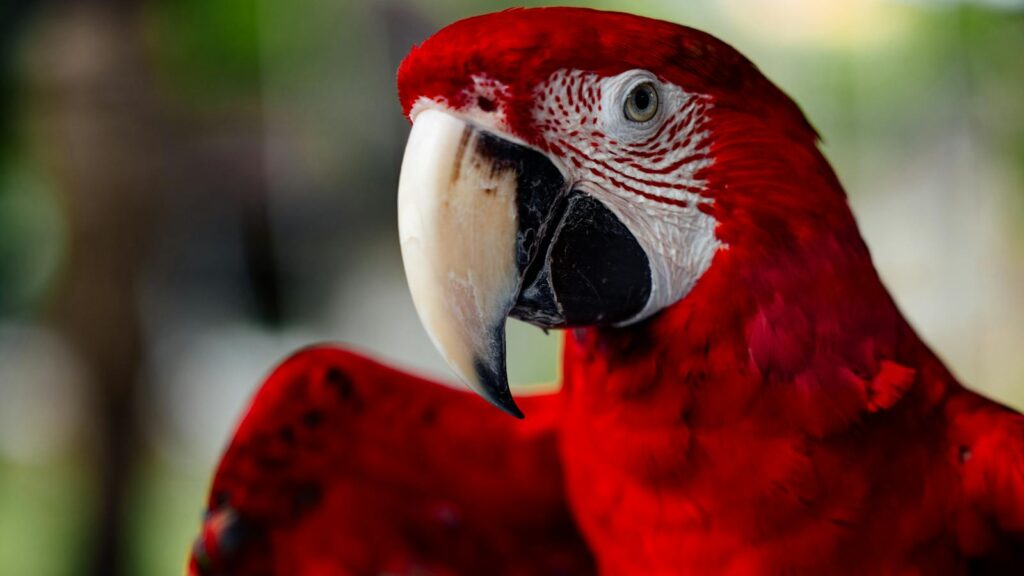
The exceptional birds highlighted above have collectively transformed scientific understanding of avian cognition and the evolution of vocal learning across species. Unlike most animals, which can only produce innate vocalizations determined by genetics, these birds possess neural pathways for vocal learning that show surprising similarities to human speech acquisition systems, despite evolving independently over 300 million years. Neurological studies of talking birds have revealed specialized brain structures called vocal nuclei that allow for the sophisticated control of their syrinx (vocal organ), with patterns of connectivity that parallel certain aspects of human language centers. What has particularly shocked researchers is the discovery that birds like African Greys process language in a distributed network throughout their brains, rather than in centralized regions, achieving complex cognitive functions with neural structures very different from mammals. These findings have prompted a complete reevaluation of the “birdbrain” concept, revealing that avian brains are remarkably efficient, packing more neurons per cubic inch than most mammals and featuring sophisticated neural architectures that evolved convergently with primates to solve similar cognitive challenges.
The remarkable talking birds highlighted in this article represent more than just fascinating curiosities—they stand as living challenges to our understanding of animal cognition and the evolution of communication. From Alex’s groundbreaking demonstrations of comprehension to the surprising linguistic abilities of species never expected to talk, these birds have forced scientists to repeatedly revise their theories about the uniqueness of human language capabilities. What becomes clear across all these cases is that vocal learning and complex communication have evolved multiple times through different pathways, suggesting these abilities may confer significant evolutionary advantages. As research continues and new talking birds emerge into the spotlight, we can expect further revelations about the remarkable cognitive capabilities hidden behind the beaks of our feathered neighbors—a humbling reminder that intelligence in the animal kingdom takes many forms, some of which continue to defy our expectations and categorizations.

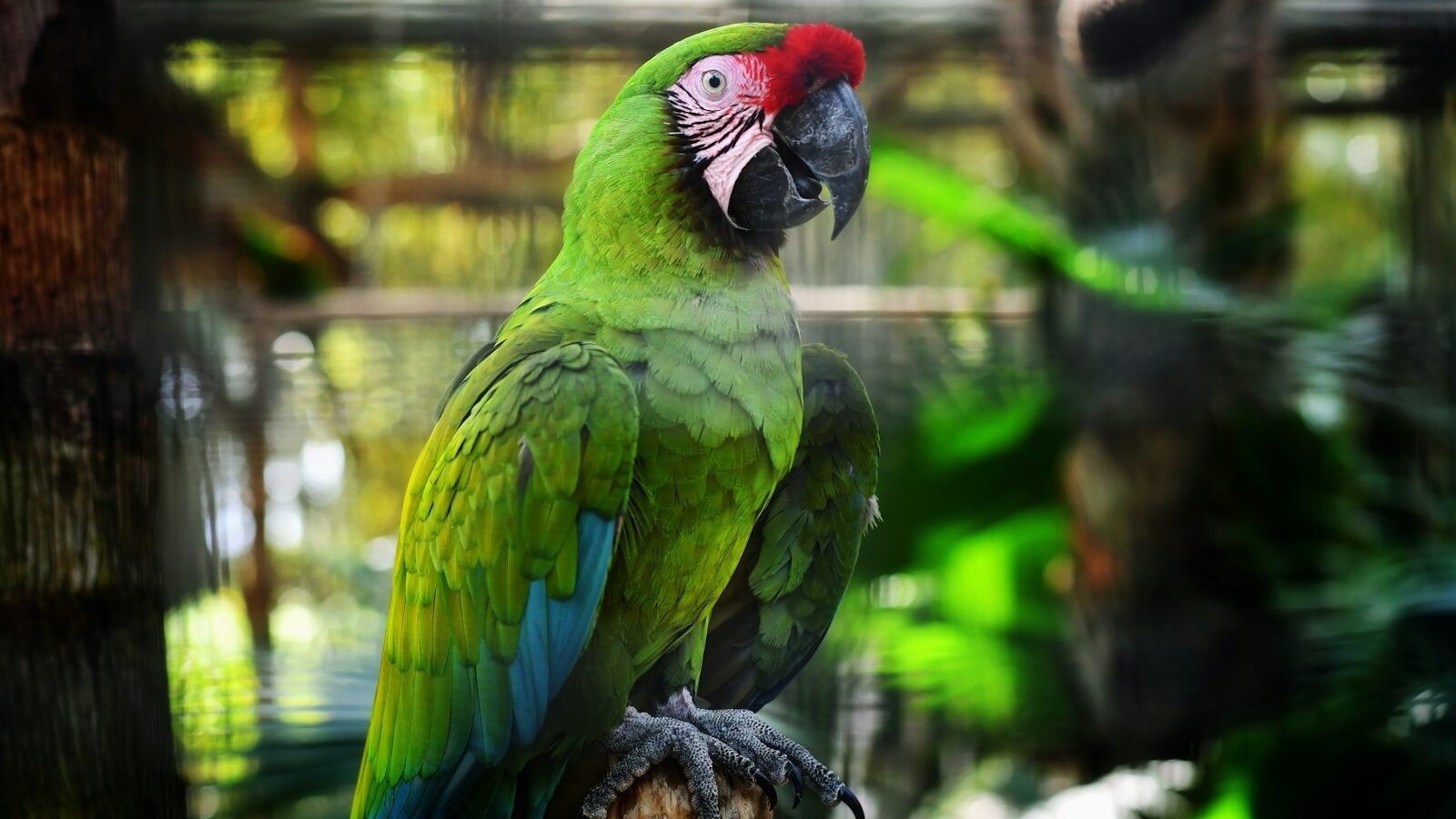
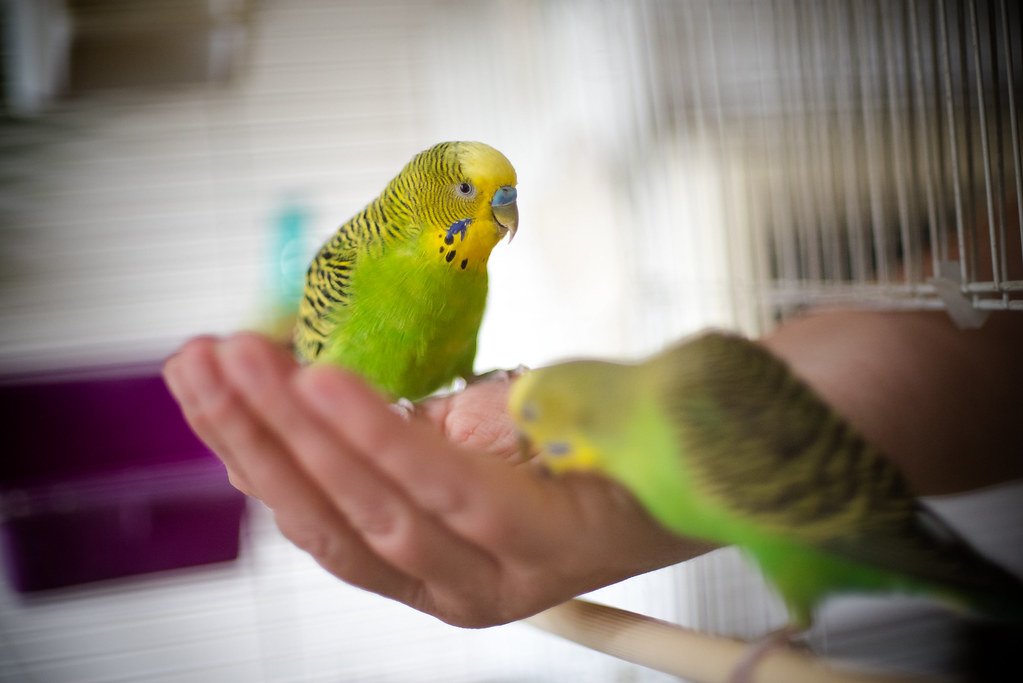
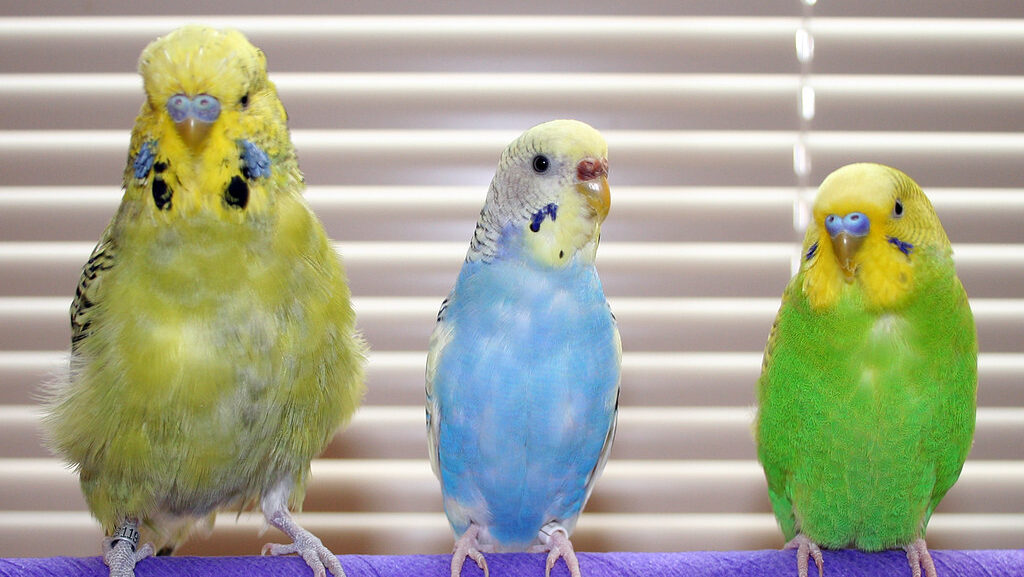
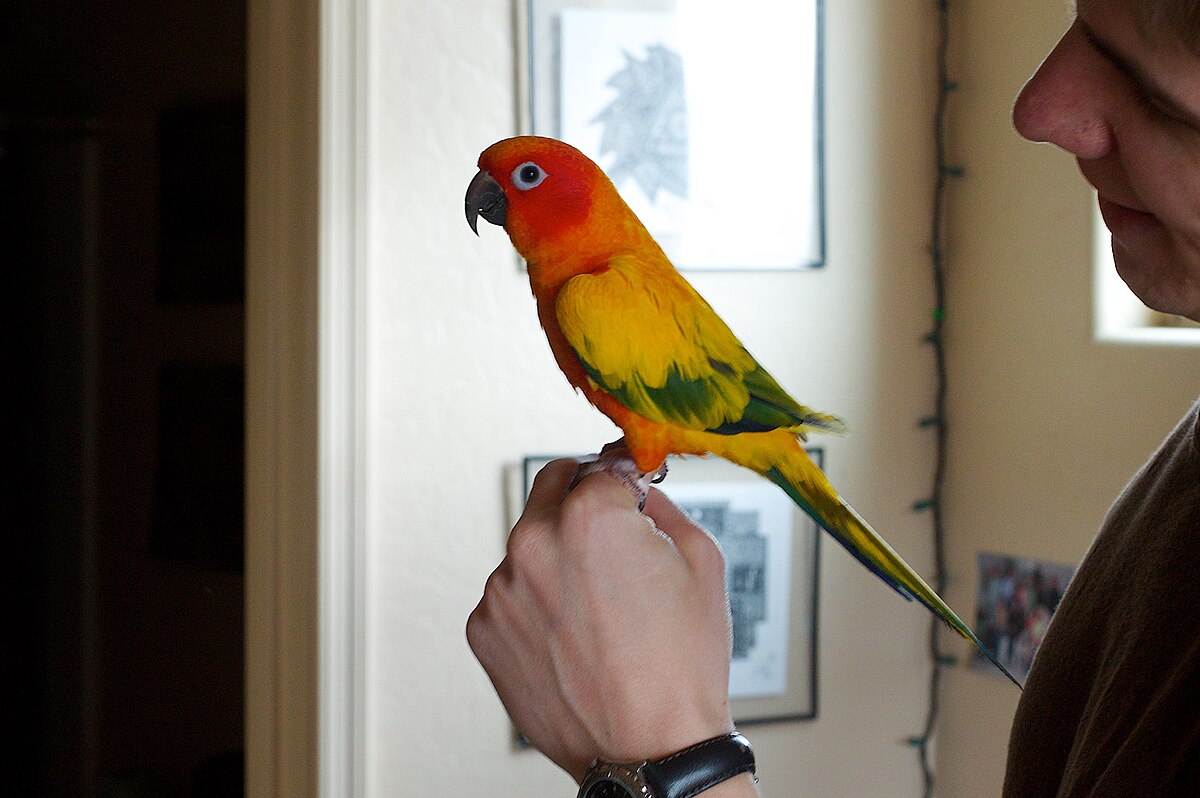
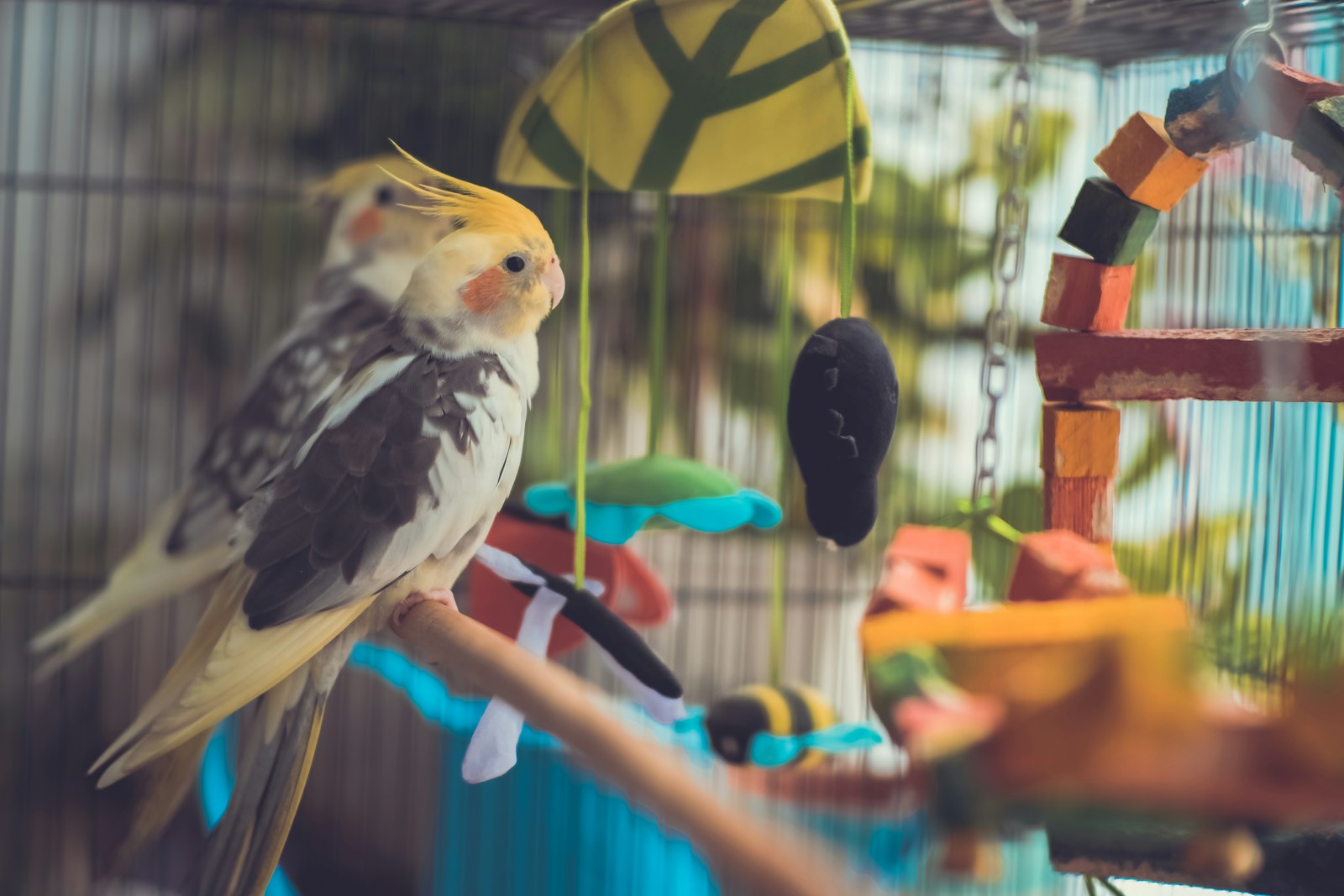
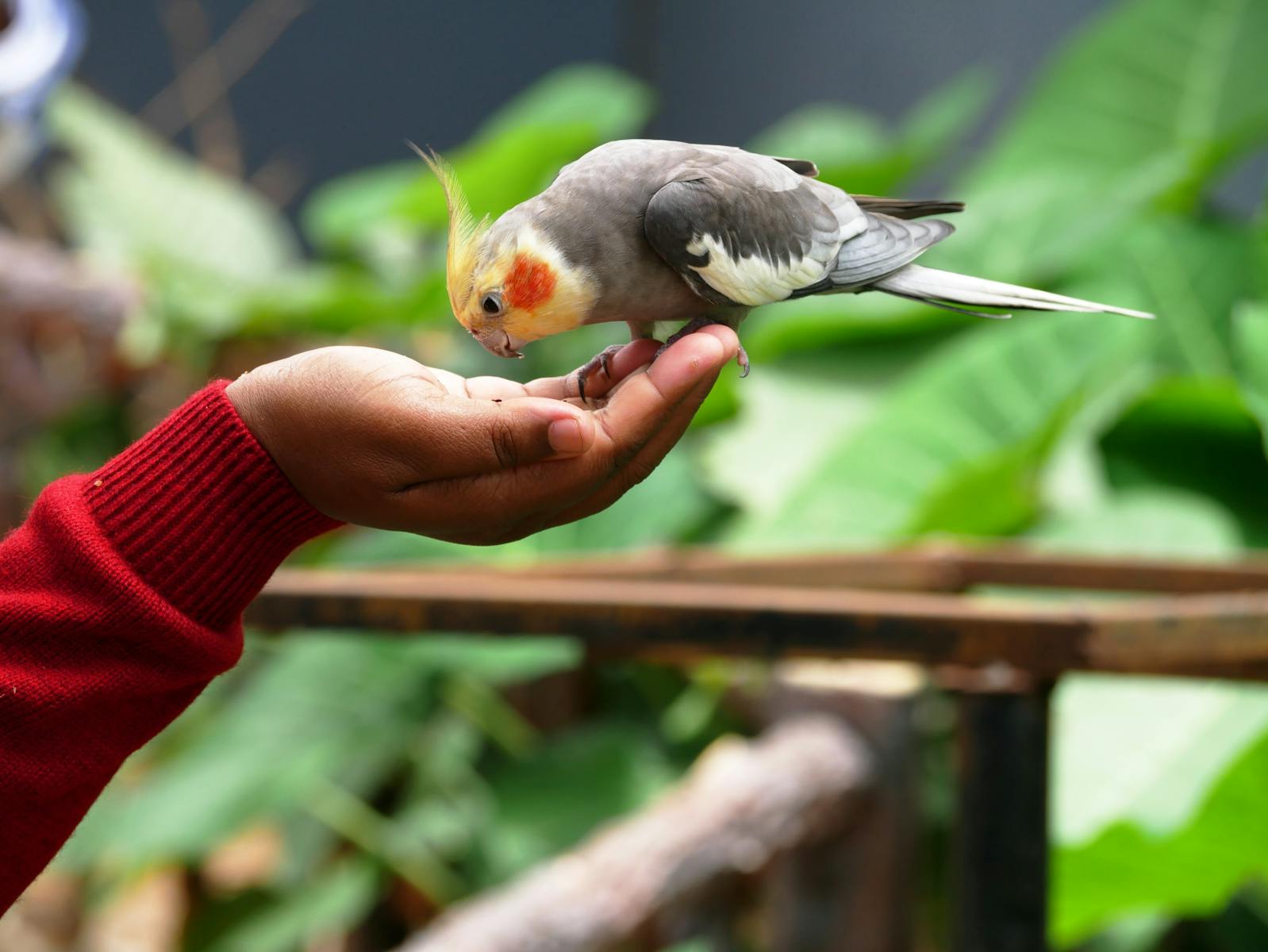
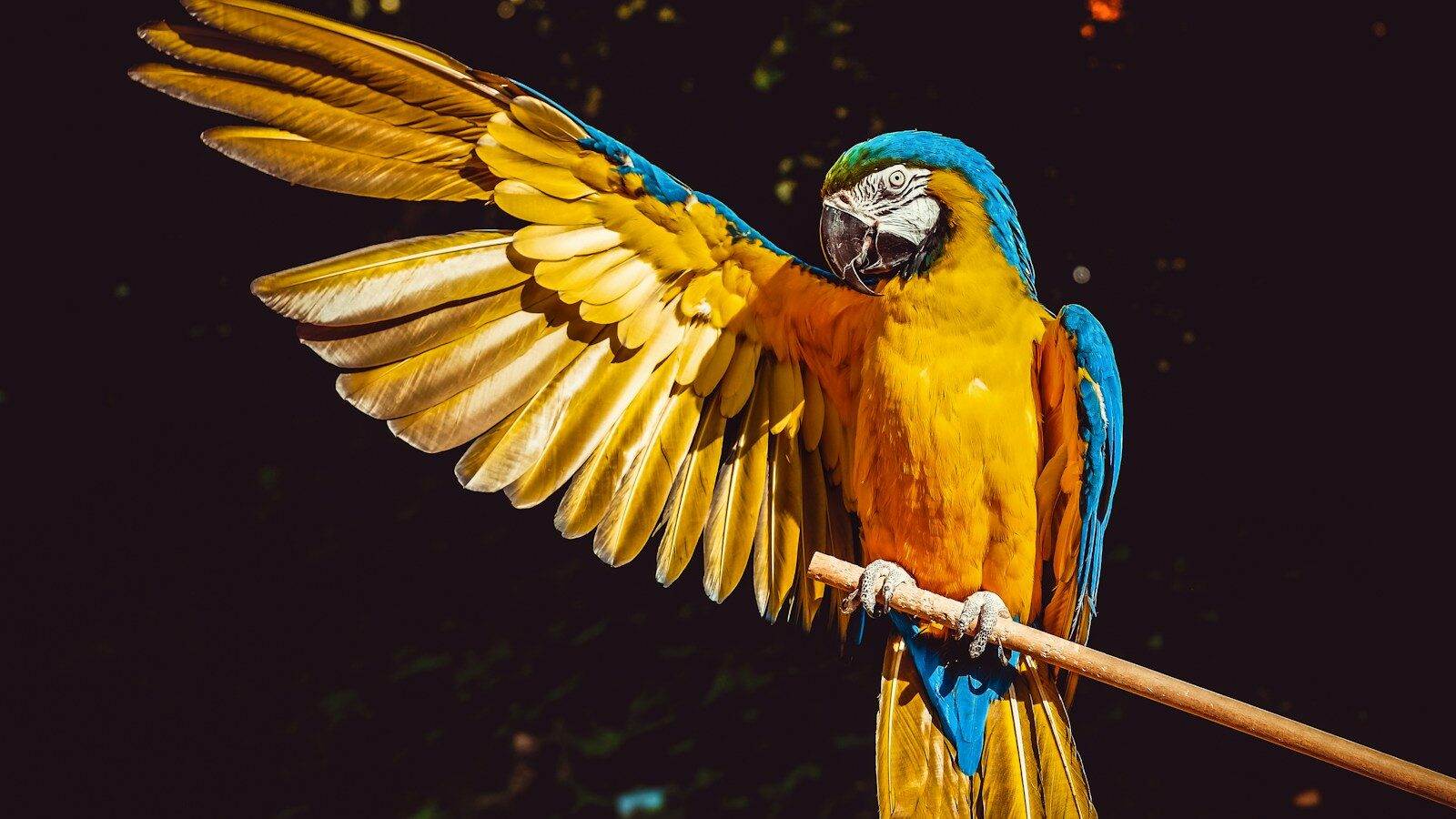

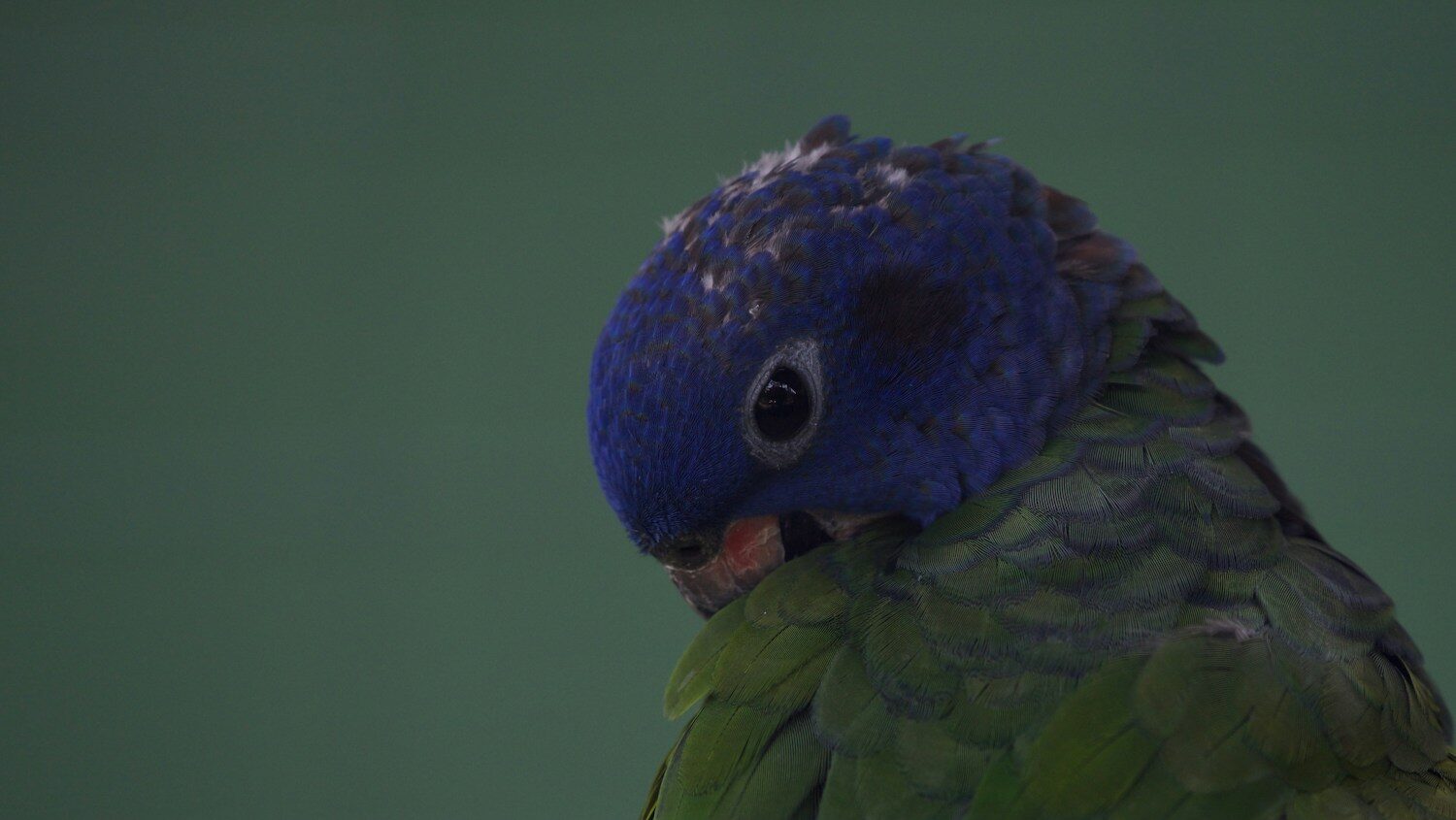
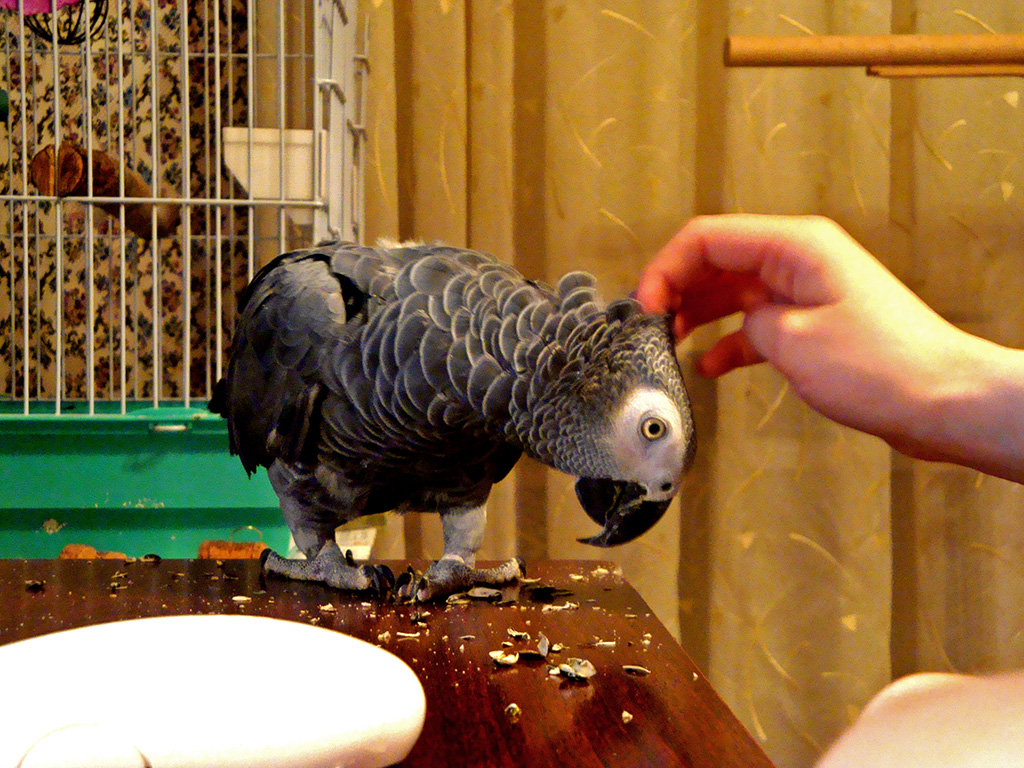
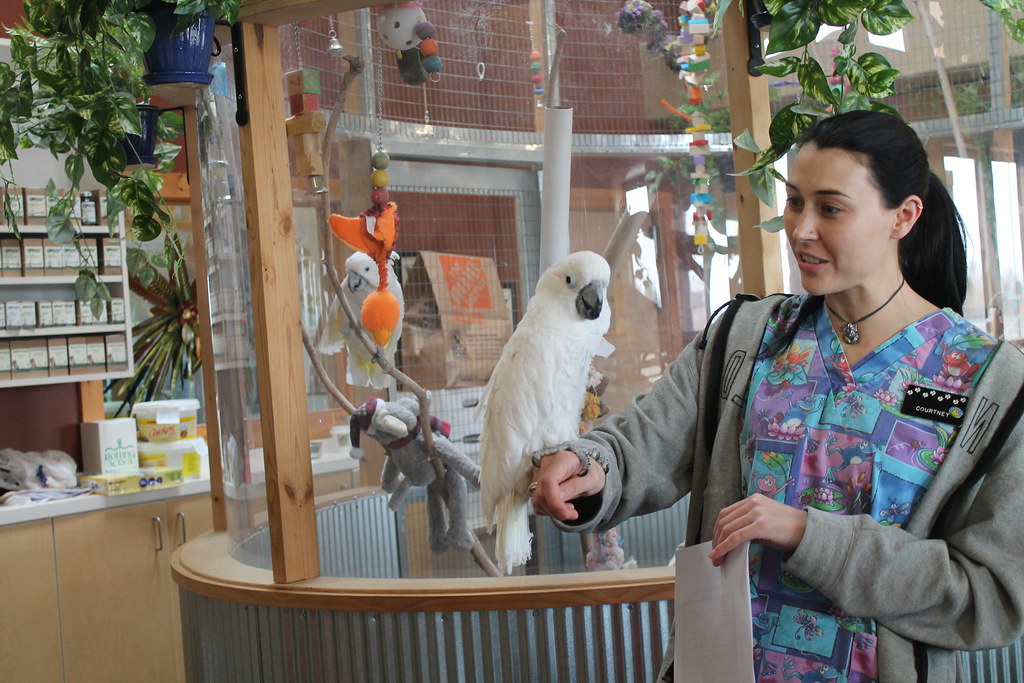
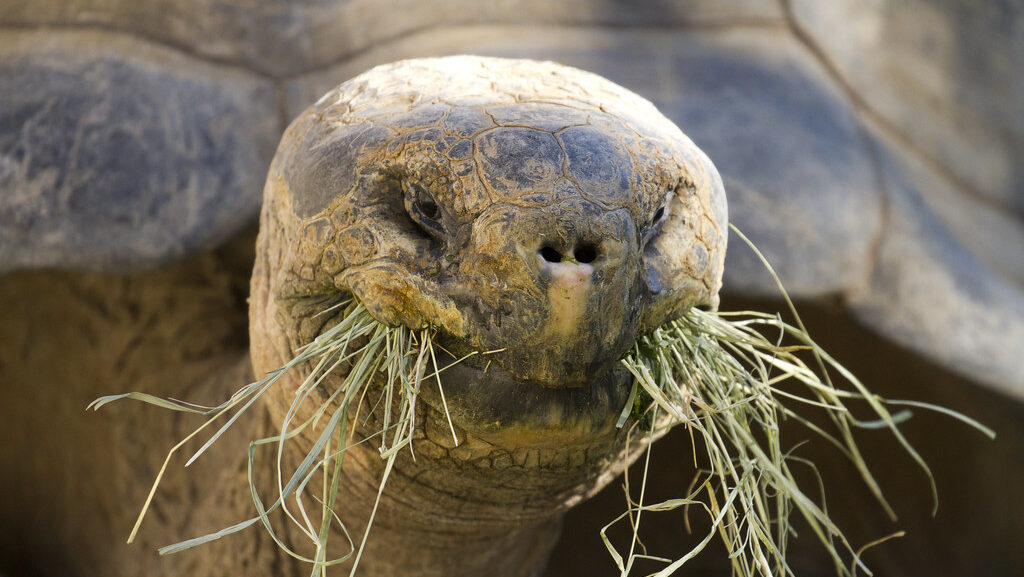
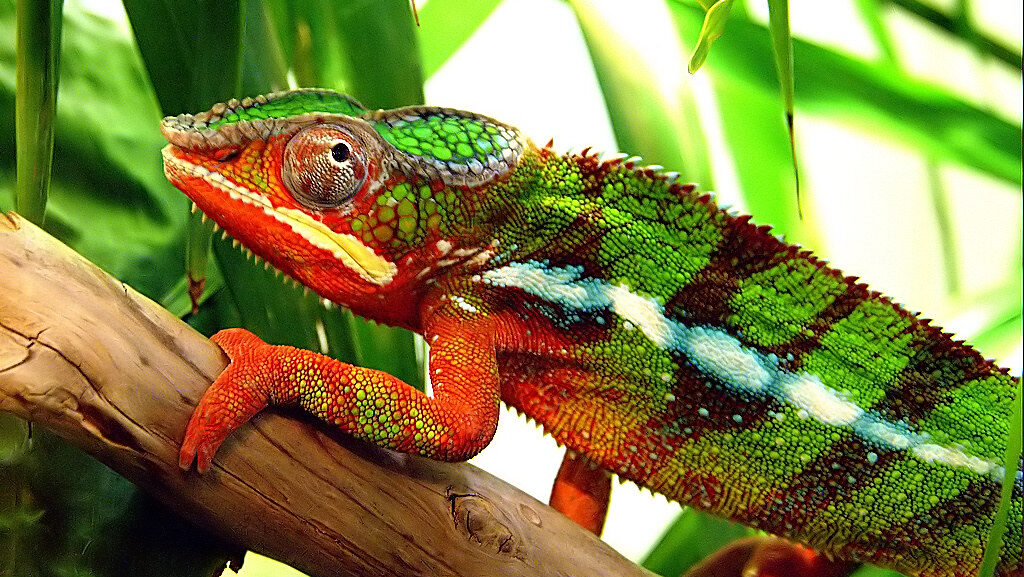
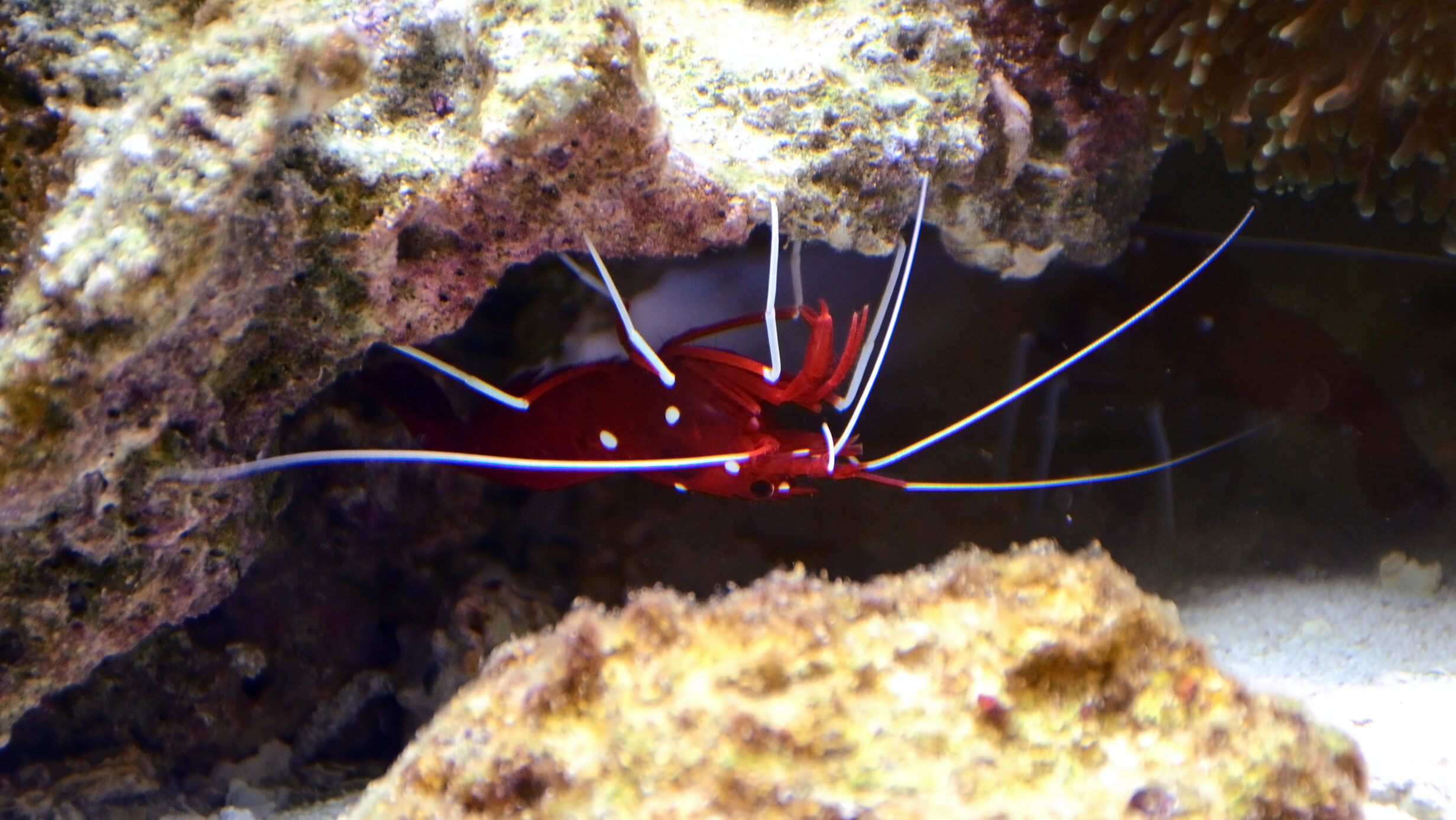
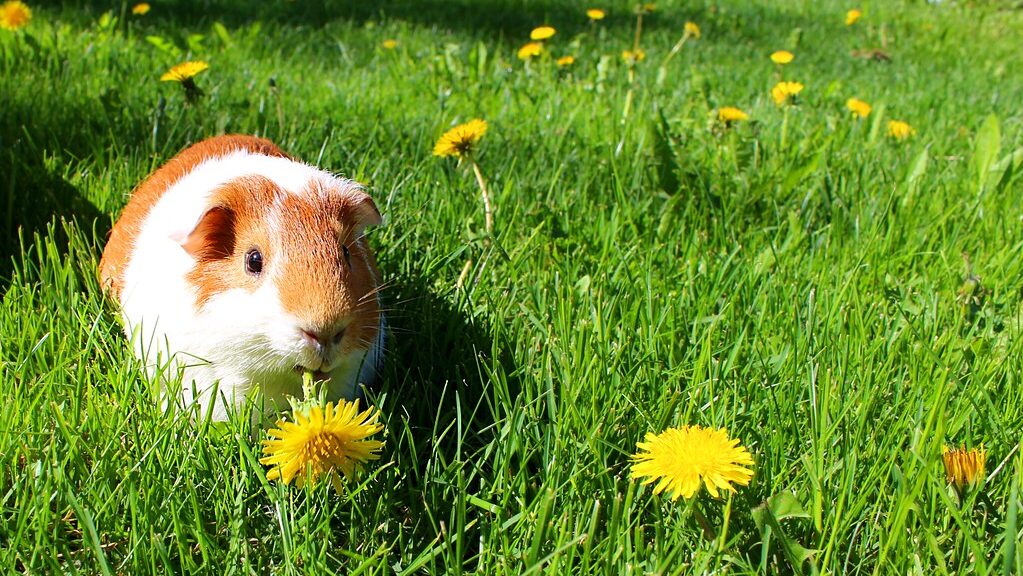
Leave a Reply